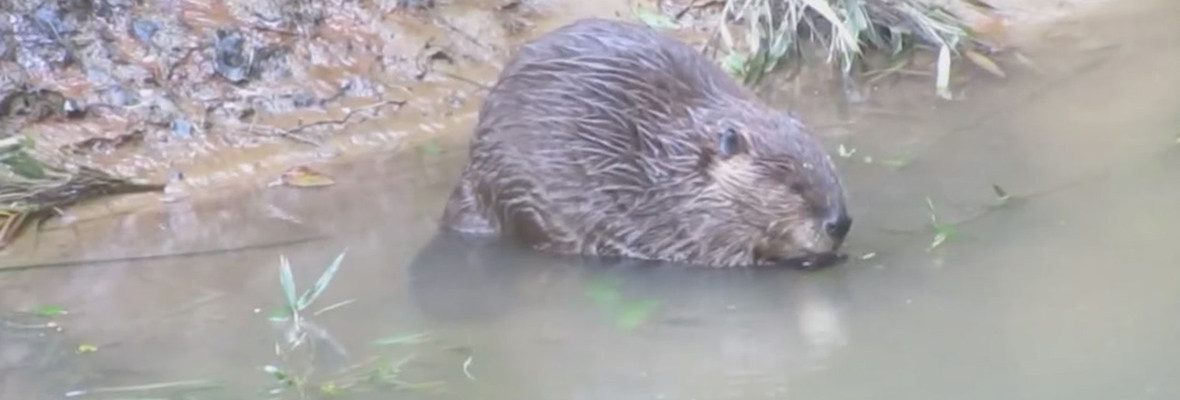Everything You Need to Know About Orange County Beavers
Orange County beaver is one of the most commonly found rodents in North America, and they keep on attacking human habitat more often. Most of the homeowners are searching for some potential methods to get rid of these creatures, but before that, it is important to collect some essential details about these creatures.

Appearance:
The adult California beavers are capable enough to grow up to the maximum length of 4 feet, and they can have an estimated weight range of 60lbs. In some cases, the adult beaver can even reach up to 100lbs. They can be identified by their webbed feet and great swimming ability. Beavers have large, flat tails with hairless appearance and it helps them to balance their body while climbing up on trees. They slap their tails it the water to scare many predators and also use them to send a signal of danger to other beavers. Their front legs used to be shorter as compared to the hind legs. When they are underwater, their ears and nose close automatically.
Biology:
Beavers can be easily found in the different areas of North America, central Mexico, and southwest deserts as well as in California. They prefer to live in colonies and build natural dams on the streams and rivers. They prefer to live deep under the water to stay safe from predators.
Life cycle:
Orange County beavers keep on mating throughout their life, and they generally mate with a single partner. However, if the partner dies, they will look for a new one. These creatures usually reach at sexual maturity stage right after 3 years of their birth and their mating season beings in the month of January and stay up to March. The gestation period lasts for around 3 months, and the babies are ready to swim even within 24 hours after their birth. The baby beaver keep their eyes open when they are born, and they stay with parents for almost 2 years after birth, They have an estimated lifespan of around 20 years.
Habitat:
California beavers prefer to live in rivers, streams, ponds, lakes, and marsh. Their dens are made up of mud and sticks at banks or shores. These creatures have amazing construction ability, and the dam built by a beaver can generally go as high as up to 10 feet.
Diet:
Most of the Orange County beavers prefer to eat tree bark and cambium. Note that cambium is the soft tissue that usually develops below the tree barks. Beavers can eat cambium of willow, maple, birch, aspen, cottonwood, beech, poplar and alder trees. These creatures have a very strong digestive system that helps them to digest the tree bark with ease.
Behavior:
Beavers prefer to live in groups, and a colony generally contains the mother breeder and the baby California beaver. They make efforts to mark territories and stay away from other beavers. These creatures have both positive as well as negative impact on the environment. Their dams can cause flooding in lower areas whereas in other places they help to develop wetlands that are useful for many other species.
Visit our Orange County wildlife trapping home page to learn more about us.

